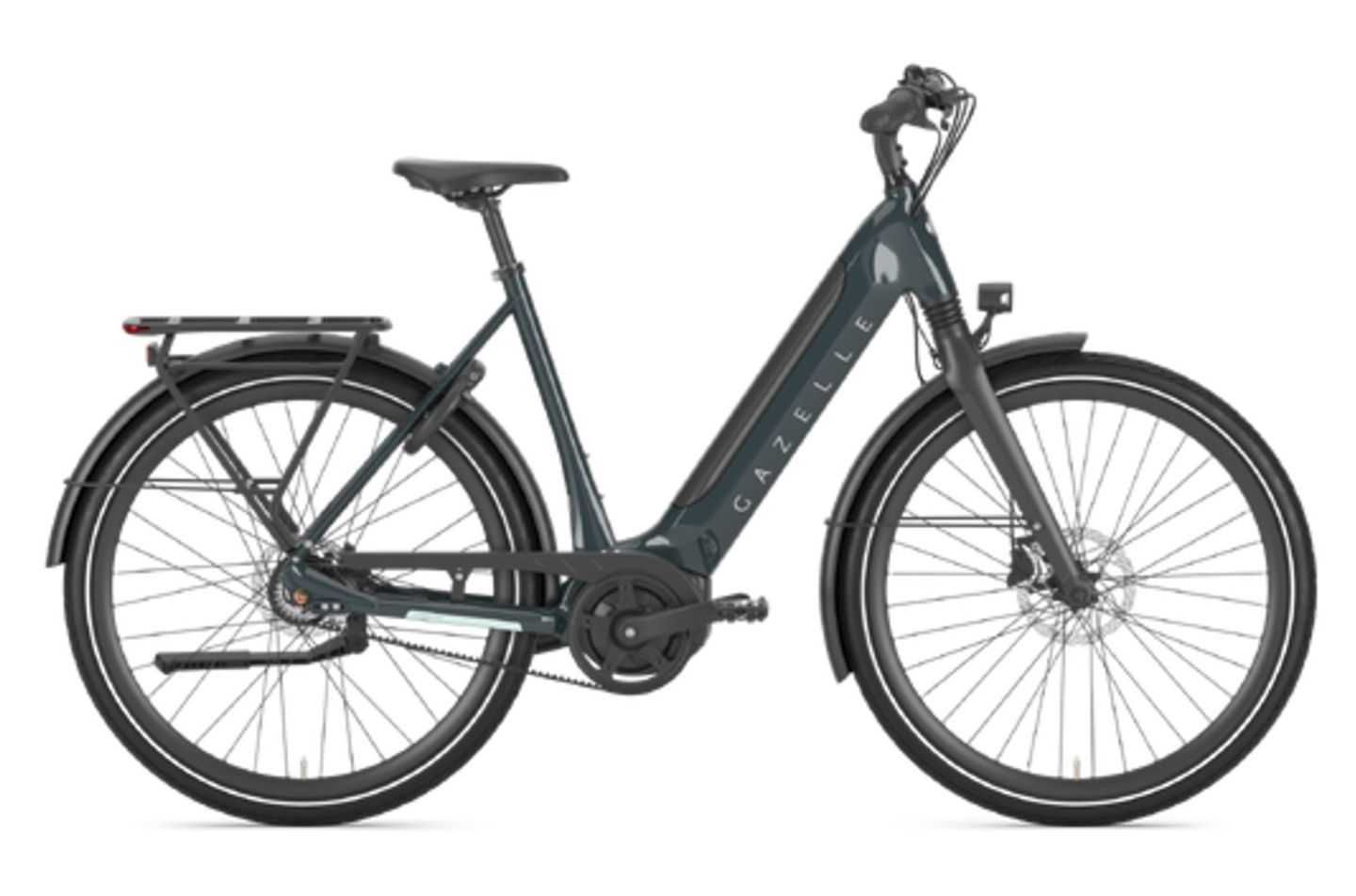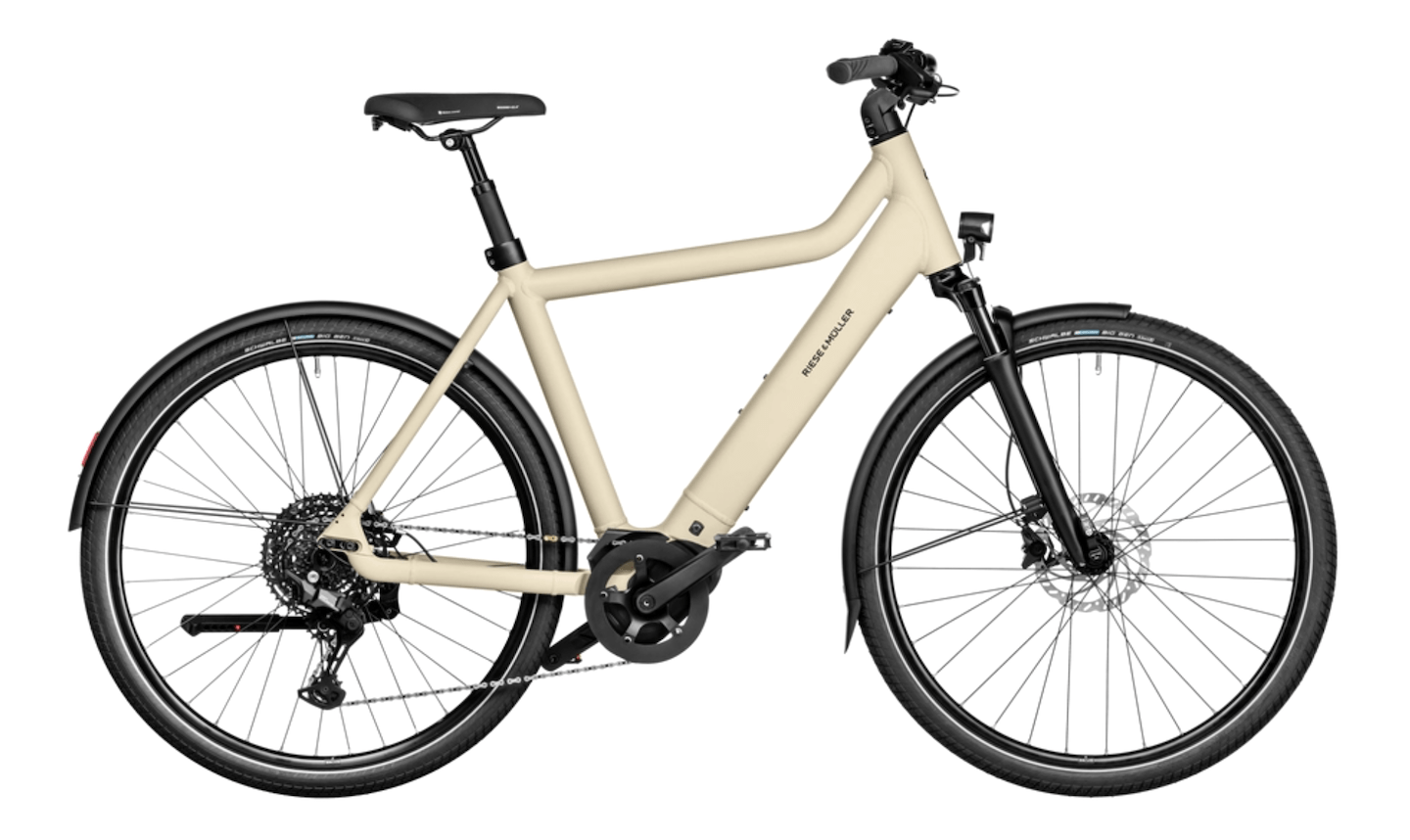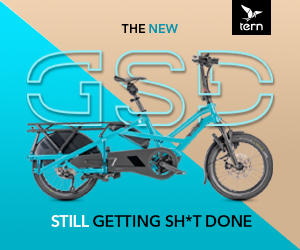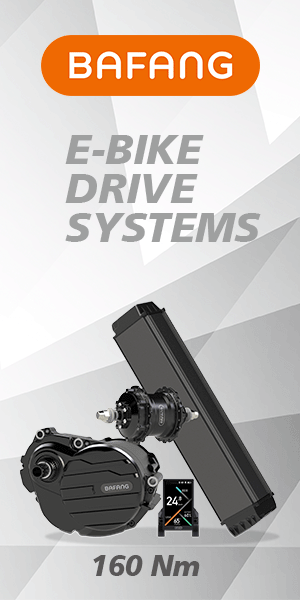October 23, 2020 - With cycling becoming a more prominent mobility solution in cities around the world, sales of bicycles and e-bikes have soared. People are now buying more e-bikes than conventional bikes in The Netherlands, a country with more bicycles than cars or people.

While electric bicycles were already gaining in popularity, the surge in cycling has spotlighted e-bikes and e-cargo bikes as key to solving climate, congestion, and transportation problems world-wide.
Yet the expense for the an electric bicycle can be a hurdle for many. With an average cost of $2,574 (CAD) for an e-bike, incentives such as rebates, financing, lending programs and others have become available.
A 2019 review of e-bike incentive programs by the Transportation Research and Education Centre (TREC), at Portland State University, found that rebates were the most popular form of incentive being offered.
There are currently e-bike rebate programs running in Paris, Oslo, Lisbon, Sweden, Luxembourg, Italy, Singapore, British Columbia, Edmonton, the Yukon and a handful of cities in California, Colorado, Texas and Vermont.
Many of the rebate programs are available to all residents who purchase an e-bike, but some have more specific requirements.
British Columbia’s rebate for e-bikes requires the purchaser to trade in a vehicle for scrap in order to qualify. The province recently increased the rebate amount by $200 and included a rebate of up to $1,700 to businesses for e-cargo bike purchases.
A rebate program in Singapore is geared specifically for food delivery riders. Due to a recent ban on e-scooters on footpaths, Singapore’s Ministry of Transport is offering up to $1,000 for delivery riders to trade their e-scooter for an e-bike and $600 for a conventional bike.
In Italy, as part of the country’s COVID-19 pandemic response, people in cities with 50,000 residents or more are eligible for rebates covering e-bikes, conventional bikes, electric scooters and subscriptions to scooter sharing services.
Other financial incentives include interest free loans to assist with the purchase of e-bikes in Scotland and The Netherlands, and some bike shops offer similar payment plans to customers.
In addition to direct financial incentives, an e-bike lending library in Vermont resulted in a 17% purchase rate for e-bikes amongst participants. Coordinated by a local advocacy group, the lending library provided one-week e-bike loans and let people see first hand how an e-bike might fit into their life.
Similarly, participants in a Swiss program were invited to hand over their car keys and use a free e-bike for the week instead. The study found that participants reduced their habitual associations with driving.
There are few analyses available to measure the impact of e-bike rebate programs. It’s interesting to note that Edmonton’s rebate program received so much interest that the City had to stop accepting applications and will be reviewing it for future years. An older program, like the one in Austria, has been credited with supporting a breakthrough of e-bikes in the country.
The advent of incentives for e-bikes and e-cargo bikes, whether for personal or business use, is similar to those for electric cars and is often part of broader “green” initiatives for home owners and companies.
Safe cycling facilities, secure bike parking and access to charging stations can also be important incentives to travel by e-bike.
If this trend continues we could see even more rapid growth and popularity of e-bikes around the globe.

















